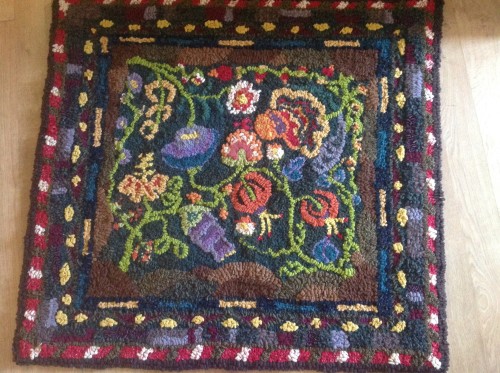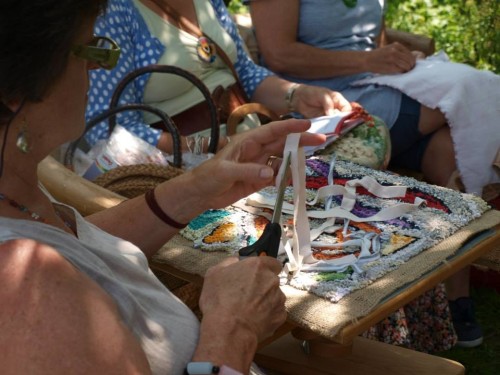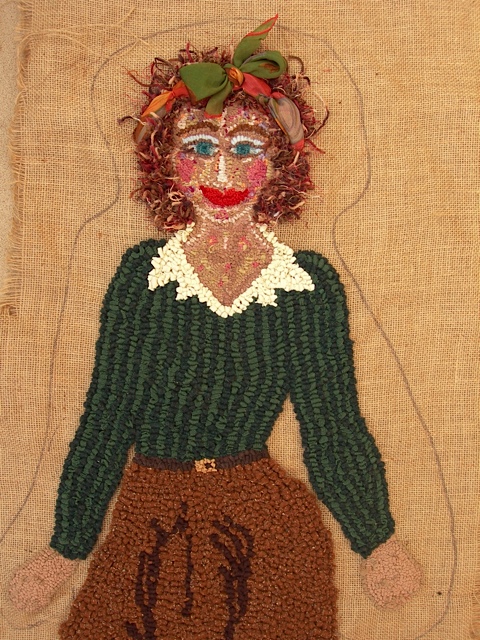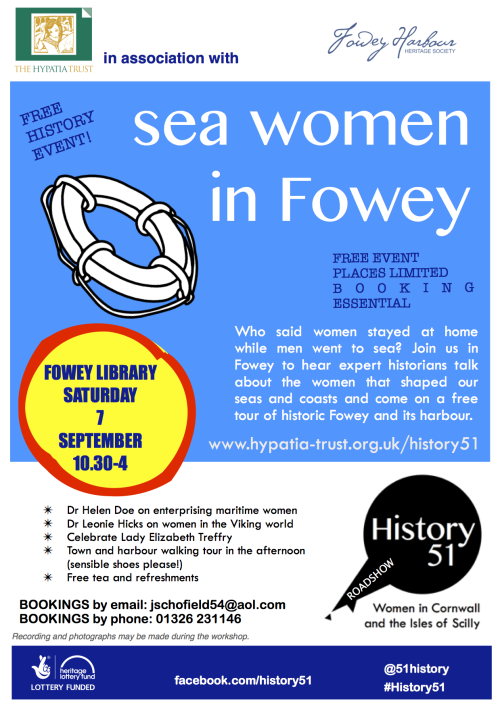Hidden History - Women in Industry
/
The Hypatia Trust and its History 51 project, to promote women's heritage in Cornwall, is delighted to support this fabulous event on 25 October at the Western Hotel, St Ives, to celebrate the women of St Ives's historical textile industries.
Please come along to this free event and support Cornish women's heritage in St Ives.
St Ives is well known for its fishing, mining, artists and tourists, but for about forty years it was the home of a vibrant textile industry based in former pilchard cellars near to The Island.
The industrial manufacture of textiles is not usually associated with a seaside town in Cornwall. The majority of the employees were women who went into the factories when they left school at the age of fourteen. Maybe for this reason the work that they did has almost been forgotten. The Town Council, by the 1970s, had removed all traces of industry from the centre of St Ives and transferred it to new industrial estates.
And the buildings themselves were demolished to make way for luxury accommodation to expand the tourist industry.
St Ives Archive is part of the wider History 51 project in Cornwall initiated by the Hypatia Trust with funding from the Heritage Lottery Fund to celebrate the role of women in a number of key aspects of Cornish life.
What better project for St Ives than to highlight and bring to life the story of these factories and the people who worked there?
On Friday 25 October at the Western Hotel, Royal Square, St Ives, between 11.00am and 3.00pm volunteers from the Archive will be hosting an event and workshop to which as many employees as possible are invited from the various textile companies located Downlong between the 1930s and 1970s: Crysede, Hamptons, Flawns, Berketex and Fryers.
Members of the public and visitors to the town are very welcome to see this display of St Ives hidden history.
Let's make one giant net for St Ives!
One of the key events will be an opportunity for everyone to assist in the making of a ‘camouflage net’ of memories. These nets were originally made at home, during the war, by young women and children, based on the nets that were made by their fishermen relatives. Camouflage nets had strips of material inserted into them (scrimmed) so that they could be draped over objects that needed to be hidden from the air.
On this occasion, strips of calico with individual memories and images will be sewn into the net, and these will be a lasting reminder of this chapter of St Ives history. As the original nets were used to hide objects, the new net will remind us that women’s working lives are also often hidden.
The Archive will present this fascinating history through personal memories, photographs, memorabilia and a display of the fashions of the time. One of the companies, Flawns, was owned by John Lewis, which has been very supportive in providing images and information from their extensive archive.
The day will be filmed and refreshments will be served. It is hoped that the resulting camouflage net will be on permanent display, ensuring that this important period of St Ives history is never forgotten.









